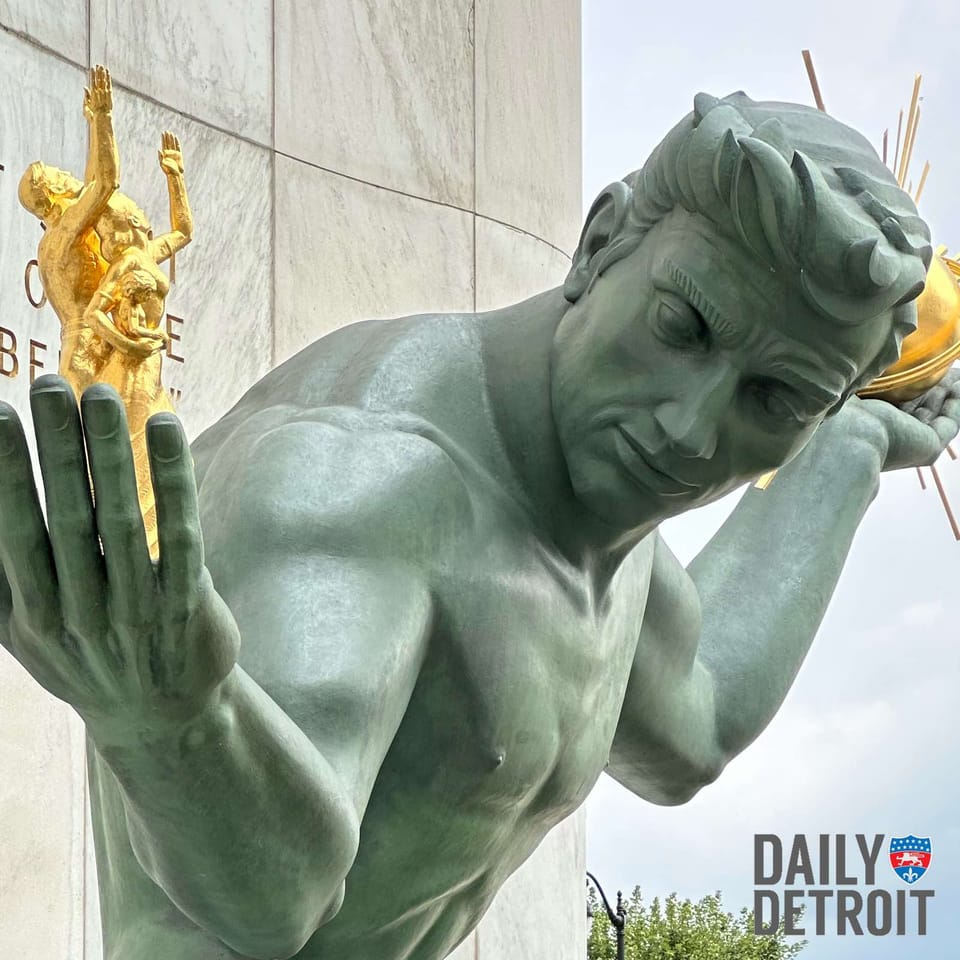Detroit’s history as a city spans more than 300 years. Photography was only available for a portion of that time.
Today, we’re going to look at stereoscopic images. See, before fancy virtual reality technology, there were stereoscopes.
These were simple devices with special lenses that make the image seen through it appear larger and more distant. Often, the image is shifted to the left or right. If you have normal vision out of two eye, you could create a depth of field – or trick your eyes into a basic 3D image.
A neat trick for these on the web to view them is to merge them to create a “wigglegram.” That’s what we have done here. It’s basically an animated gif made out of merging the original pair of photos that lets you see the images more like they were originally intended. Also, be a little patient – the images may take a second to load because of their size.
These images are created from a set of digitized stereoscopic photos from the New York Public Library, recently made available in the public domain.
So let’s enjoy a trip back to 1880s Detroit. The dates on these photos are sometimes not exact, but we’ve tried to outline where they were located in today’s city.
1. Outside of the old Detroit Opera House
The old Opera House (right) was roughly where the headquarters of Quicken Loans is today.
2. The Soldiers and Sailors monument
It’s still here today. You can’t miss it in Campus Martius.
3. A horse-drawn trolley going past old City Hall
This building was torn down in the 1960s, but today you can see four of the statues that were part of it on the Wayne State Campus. The building was where the big blue and modern Ernst & Young structure is today.
4. Belle Isle
Although the waterways of Belle Isle have seen better days, they’re on the rebound. Here’s our story of our kayak trip through them.
5. How about a look down Woodward Avenue?
6. Lafayette Avenue
Lafayette back in those days only went west, not east. East Lafayette was then known as Champlain Street.
7. Fort Street
It’s neat to look at the neighborhoods of the city back then. Of course, they weren’t too far flung. Back then, Detroit’s city limits only went west to Fort Wayne (approximately Livernois), north to Grand Boulevard with a tab of the city up to Highland Park, and east to Waterworks Park (Hurlbut). That was the “Grosse Pointe” border at that time.
8. Detroit (or Central) High School
This one sat in what is today Capitol Park. There’s a reason it has that name. It was the first location of Michigan’s state capitol. There was a bunch of architectural work done to transform this building into the photo above, with the original wood structure inside. After the state seat moved to Lansing, it became a school – Detroit, and eventually, Central High School. That school was moved to what is today’s Old Main at Wayne State University after this building burned.
9. Grand Circus Park
Grand Circus Park has a long history as a park of Augustus Woodward’s plan for the city after the great 1805 fire. Designed as a formal park, it features well-landscaped gardens and fountains – as it does today. The fountains have changed, and so the buildings around it, but Grand Circus Park persists to this day. You’ve probably walked through it if you have been to a Tigers game lately.
10. Central United Methodist Church
This church is still standing today at Adams and Woodward. But the steeple and the front wall? That’s 26 feet east of where it was when it was built thanks to an expansion of Woodward Avenue in 1936.
























